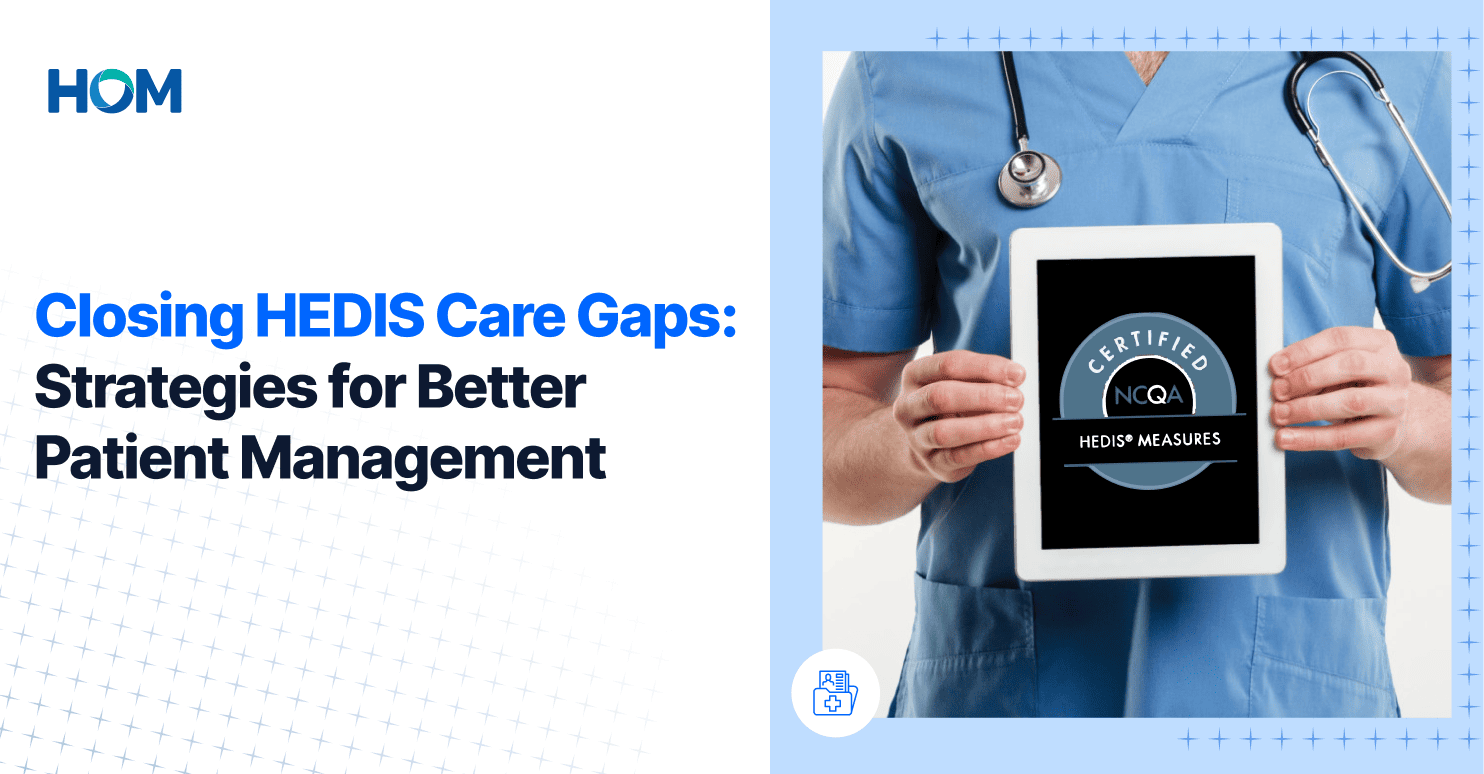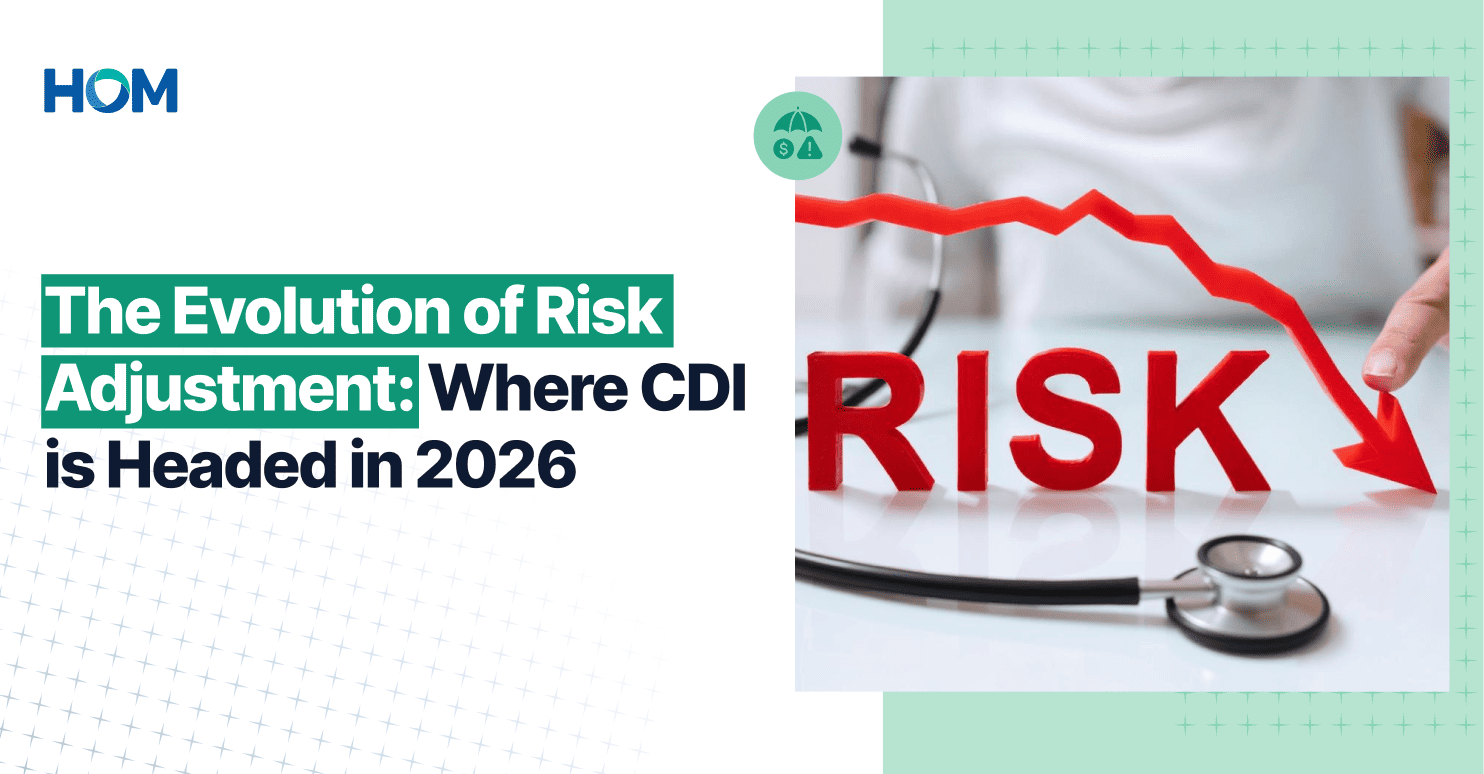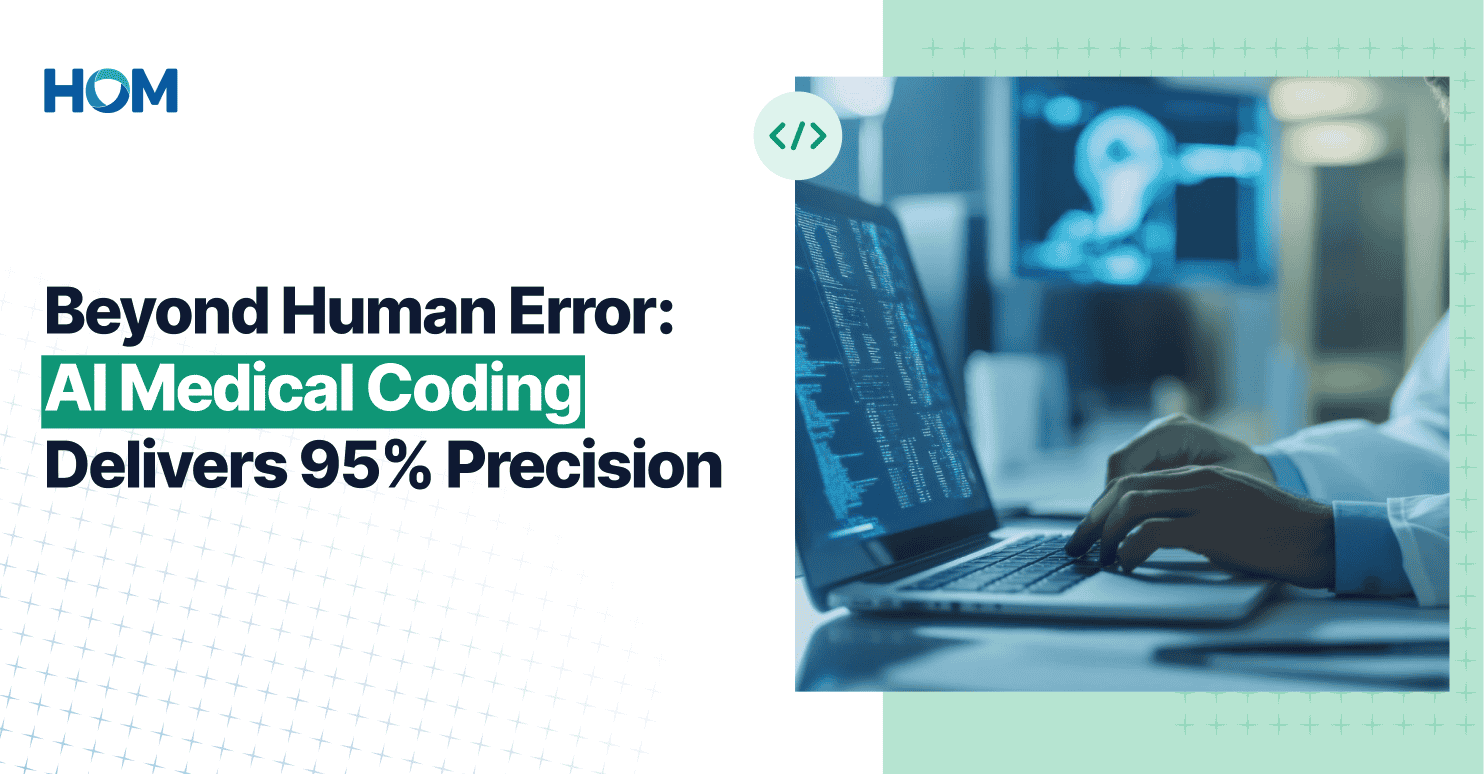
Healthcare organizations remain under increasing pressure to provide quality, value-based care. HEDIS (Healthcare Effectiveness Data and Information Set) of the National Committee for Quality Assurance (NCQA) is a standardized metric for care quality across health plans. It comprises 90+ performance measures that concentrate on preventive care, chronic conditions management, and access to healthcare services.
Despite its importance, healthcare providers often find it difficult to close specific HEDIS care gaps due to data silos, inefficient workflows, and inconsistent patient engagement. Such gaps lower quality scores, reimbursements, and early intervention opportunities.
Let’s explore what causes these care gaps and, more importantly, what healthcare organizations can do to close them.
Key Factors Contributing to HEDIS Care Gaps
HEDIS care gaps refer to missed or delayed actions in patient care that affect quality scores, for instance, a diabetic patient not receiving their annual retinal exam or a child missing routine immunizations.
In order to close care gaps successfully, providers must first understand the factors that drive them. Some common drivers include:
- Fragmented Data Systems: Disconnected EHRs and claims data make it difficult to track care delivery and compliance in real time.
- Inadequate Patient Outreach: Patients may be unaware of needed screenings or miss appointments due to scheduling friction or communication lapses.
- Provider Alert Fatigue: Overstretched clinical teams may miss HEDIS-related reminders or give precedence to acute care over preventive measures.
- Documentation Errors: Services rendered may not be properly coded or documented, leading to underreported performance.
- Social Determinants of Health (SDOH): Transportation, housing, or language barriers may prevent patients from completing necessary care.
Tackling these issues requires targeted interventions at both the front-end (patient engagement) and back-end (clinical documentation and analytics) levels.
How Can Healthcare Providers Close HEDIS Care Gaps?
Healthcare organizations must use a blend of proactive, tech-enabled strategies to detect and close HEDIS care gaps:
1. Proactive Identification Using Analytics
Early identification is the key to closing care gaps. Healthcare organizations must utilize advanced analytics to review claims, EMR data, and real-time patient records.
- Use dashboards to flag patients overdue for screenings, labs, or chronic care check-ins
- Predict high-risk patients based on historical patterns and flag them for outreach
With timely visibility, care teams can intervene before compliance windows close.
2. Implement Automated Outreach and Reminders
Manual reminders often fall short in high-volume practices. Instead, organizations can use automated systems to send:
- SMS and email reminders for mammograms, colonoscopies, or A1c tests
- App-based notifications that allow for self-scheduling
- Multilingual messaging to increase accessibility
Timely, automated nudges improve patient compliance and free up staff to pay attention to more complicated care coordination.
3. Expand Access with Flexible Scheduling and Mobile Units
HEDIS metrics typically demand visits within specific time frames, but a lack of convenient access is still an obstacle. Solutions are:
- Offering weekend or evening appointment slots
- Deploying mobile clinics for hard-to-reach populations
- Providing transportation support or home visits for high-risk patients
These patient-centered strategies help convert intent into action.
4. Improve Care Coordination Across Providers
Care gaps often occur due to miscommunication across specialties or facilities. A centralized care coordination system can:
- Align primary care providers and specialists with shared HEDIS goals
- Ensure that screenings ordered outside the primary practice are documented
- Prevent test duplication or missed services
When paired with eligibility information and history encounter data, these tools simplify quality improvement.
5. Integrate HEDIS Tracking into EHR Workflows
Integration of HEDIS prompts and flags into the EHR can instruct clinicians in real time:
- Automated alerts during visits when a service is overdue
- Summary dashboards to track progress against quality measures
- Embedded coding support to ensure accurate documentation
This lessens dependency on memory and manual chart review.
6. Train Staff on HEDIS Metrics and Documentation Standards
Even small documentation oversights can result in failed HEDIS scores. Comprehensive staff training should cover:
- What constitutes a HEDIS-compliant encounter
- Proper coding and use of CPT/ICD-10 codes
- Importance of timely, complete record entry
Regular audits and refresher training ensure that documentation remains up to date with evolving standards.
7. Address Social Barriers to Care
Organizations should evaluate and assist social determinants responsible for non-compliance:
- Partner with community organizations for nutrition, housing, or transportation assistance
- Use patient surveys to recognize barriers and customize outreach accordingly
- Embedding social workers or care navigators in high-volume practices
Such holistic support leads to better engagement and more consistent care delivery.
Takeaway
Closing the HEDIS care gaps is not just about meeting quality targets but rather ensuring timely, preventive, and chronic care management for patients.
Using a combination of data-driven insights, streamlined workflows, proactive outreach, and cross-functional coordination, healthcare providers can improve compliance as well as the overall performance of patient outcomes.
How HOM Helps Close HEDIS Care Gaps
HOM provides specialized HEDIS support that empowers providers to monitor, manage, and close care gaps efficiently while maximizing patient engagement.
Here's how HOM assists in improved HEDIS performance:
- Smooth Review and Submission: HOM collects, analyzes, and submits HEDIS data using automated tools and expert review, ensuring timely and compliant reporting.
- Interactive, Real-Time Dashboards: Custom dashboards offer performance visibility and insights for continuous monitoring and improvement of care metrics.
- Streamlined Data Integration and Collection: HOM's interoperable systems and automated workflows ensure that data is captured completely, accurately, and efficiently from all sources.
- Automated Reporting and Measure Calculation: Using HEDIS calculation engines, HOM validates, calculates, and prepares NCQA-compliant reports with minimal manual effort.
For organizations looking to improve HEDIS care performance and close care gaps faster, HOM offers targeted, compliant, and scalable solutions that deliver measurable results.
To find out more, contact us at partnerships@homrcm.com.
Bring a change to your Healthcare Operations
A partnership with HOM gives you an inherent:
Connect with our experts for a quick analysis and possibilities.


_July%208%2C%202025.png)













